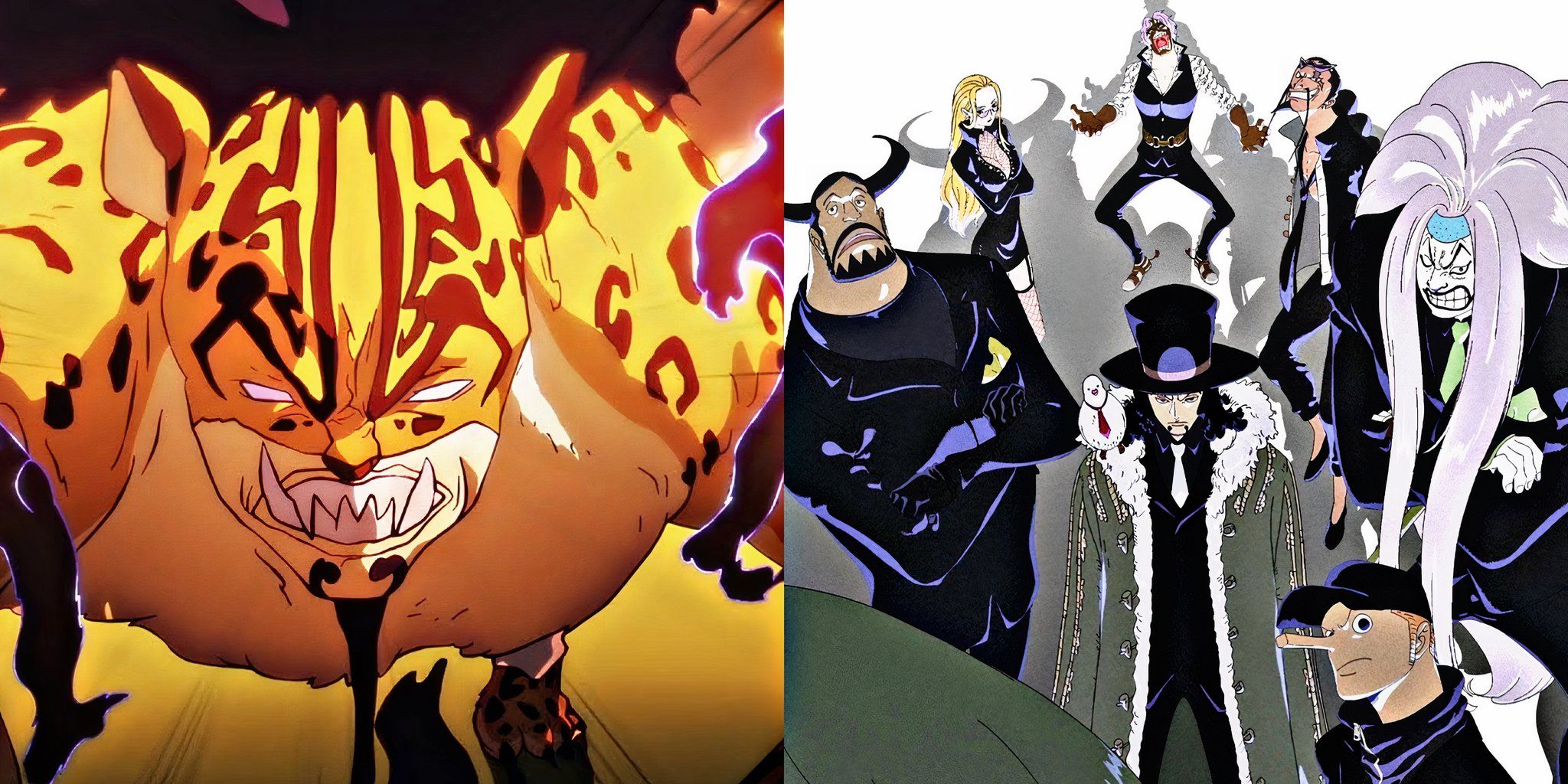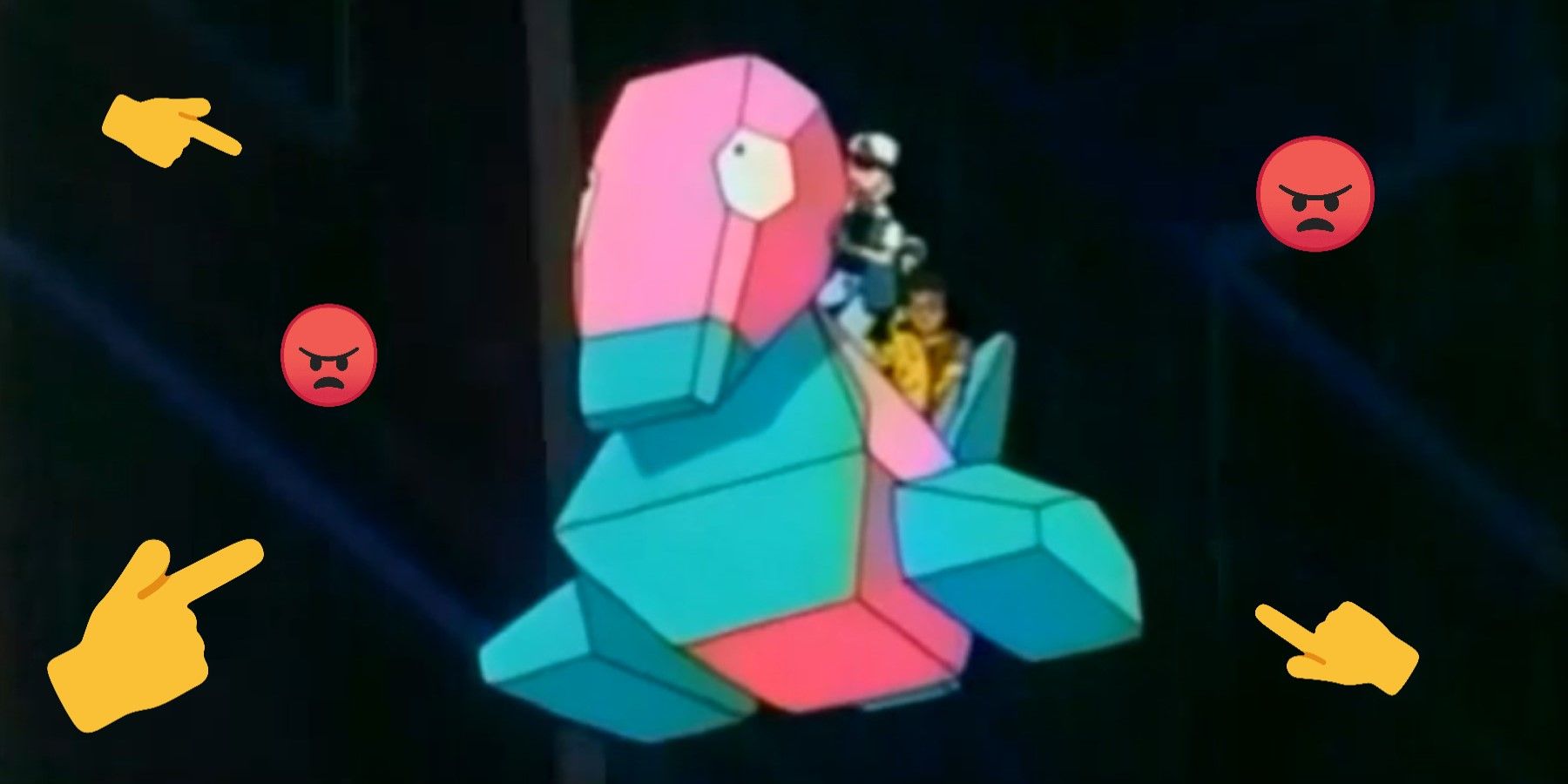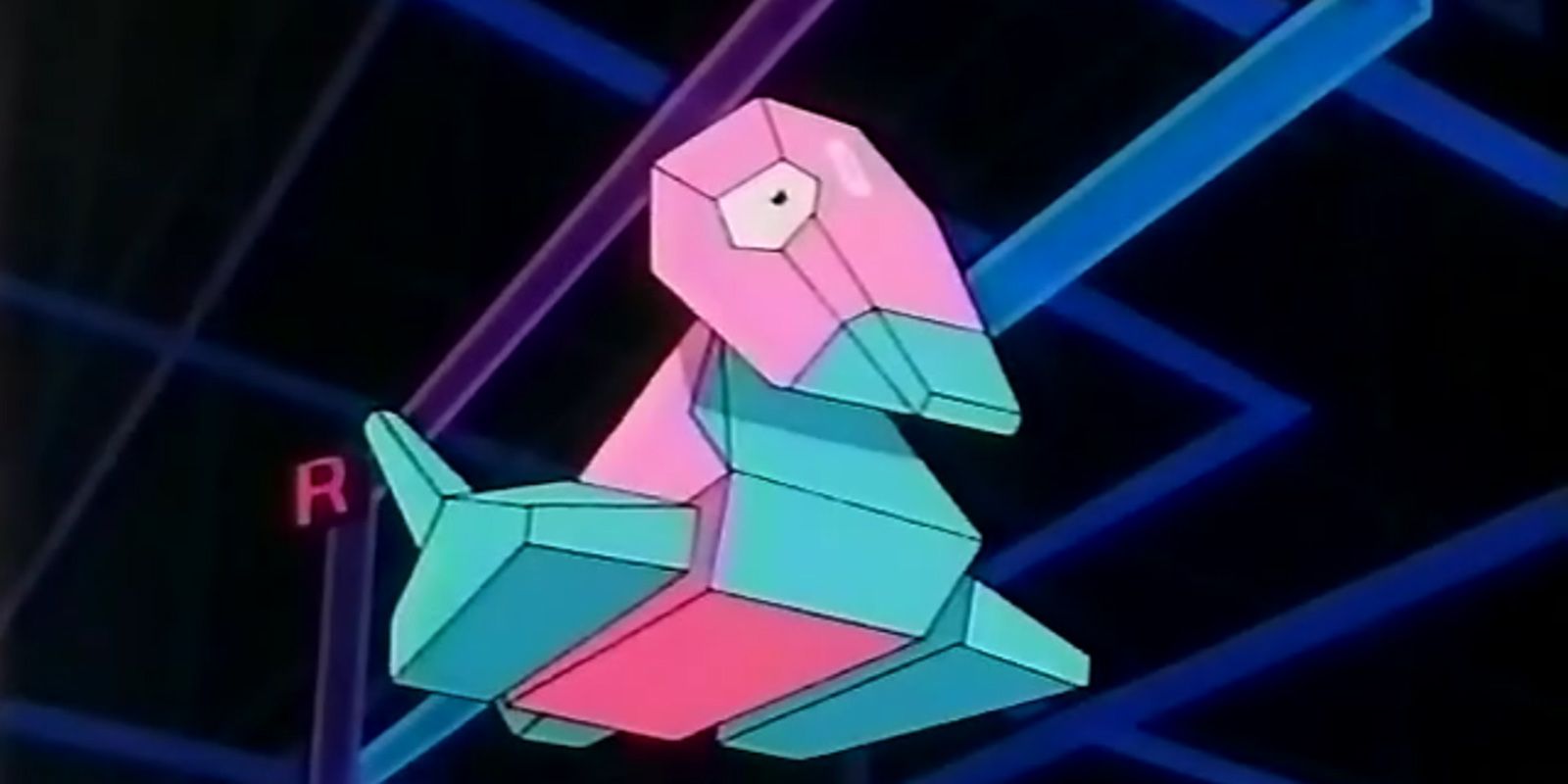Throughout the long history of Pokemon anime, there have been a few episodes that stirred up controversy. None have managed to trigger as much backlash as episode 38 of the first season of Pokemon, which features Ash, Misty, and Brock going inside a computer to stop Team Rocket's dastardly plot. Ash and his friends are helped along by a strange Pokemon called Porygon, and by the end of the episode, it finds itself with more negative press than it can ever shake off.
Despite the surrounding controversy, many Pokemon fans feel that blame has been falsely assigned, as Porygon had little to do with the incident that caused its ban from the anime. Nevertheless, to shield the series mascot, Pikachu, from the fallout, it took the blame. Whether this is fair or not is debatable, but it was likely a move that saved the franchise from an early grave.
Electric Soldier Porygon
The notorious episode begins with a disaster at the Pokemon Center, with Trainers complaining that Pokemon they've sent through the transfer machine are not being received. Upon learning of this, Ash and his friends try to help Nurse Joy and Professor Akihabara to solve the strange problem. The professor doesn't recognize anything wrong with his system, forcing him to conclude that there is a virus of some sort that has infected it. However, as they soon discover, it is not a virus that has entered the system. It's Team Rocket, and they're on a dastardly quest to steal all the rare Pokemon they can get their hands on.
To thwart Team Rocket's plans, the Professor sends Ash, his friends, and a Porygon into the cyber world within the computer. There, they finally find Team Rocket, who have set up a blockade to prevent the transfer of Pokeballs. Unaware that Ash and his buddies are in the system, Nurse Joy installs antivirus software into the computer, and it is so powerful that it aims to destroy not only Team Rocket, but also Ash and his friends.
The antivirus program attacks using missiles which everyone is able to evade by jumping onto Porygon's back. Though some missiles still lock onto them, Pikachu destroys them with an electric shock that triggers bright, rapidly flashing lights. Ash, his friends, and Team Rocket are able to escape, though the Professor's house is destroyed in the process.
The Pokemon Company Suffers a Scandal
Throughout the episode, there are lurid, flashing lights, which for the most part tie in with the cyber theme. However, things get excessive when Pikachu uses Thunderbolt to destroy the missiles. The flashing lights fill almost the entire screen and last for a few seconds, making the experience quite intense. It was enough to cause serious health complications in many viewers, the bulk of which were children.
Hundreds complained that they felt nausea, dizziness, and headaches after being exposed to the scene, while others were even struck with seizures and convulsions, with some losing consciousness. Over 600 viewers in Japan required an ambulance, with over 100 eventually being hospitalized. It was an unprecedented event that exposed Pokemon to heaps of negative press, and it very well had the potential to crush the franchise's growth right when it was beginning to enjoy worldwide popularity.
Following the event, Nintendo's stock value fell sharply, and the anime was yanked off the air for four months. Though the scandal rocked Nintendo and The Pokemon Company, it did teach a valuable lesson to animators regarding the dangers of flashing lights and their potential to cause seizures. Japanese broadcasters came together and devised regulations to help prevent such tragedies from occurring again. It appears that The Pokemon Company certainly learned its lesson, as when the anime was finally broadcast again, it was heavily edited to remove flashing imagery.
The offending episode has never received an English adaptation, as The Pokemon Company likely just wants the matter forgotten about forever. Furthermore, Porygon and its evolutionary line were prohibited from appearing in the anime and movies, though they have since made very brief cameos. By and large, Porygon caught the bulk of the blame, and an outsider would be led to believe that something untoward about the Pokemon caused the controversial incident to occur. However, a closer analysis suggests that Porygon may not be so guilty.
"Porygon Did Nothing Wrong"
Porygon has joined a list of a handful of Pokemon who have had to sit in the naughty corner due to some controversy surrounding them. However, of all the Pokemon that have been maligned, Porygon is perhaps the least deserving. Throughout the episode in question, the Professor's Porygon is nothing but helpful to Ash and his friends, continually saving them from danger. Most importantly, the Pokemon had naught to do with the flashing. It was neither the source (that can be blamed on Nurse Joy who installed the antivirus) nor the trigger (that was Pikachu's Thunderbolt attack).
Despite Porygon's innocence, it has been labeled as the cause of the disaster, which is understandable on some level, as the episode was named after it, which eternally links it to the event. Furthermore, directing the blame where it should rightfully go - either Nurse Joy or Pikachu - could have been a franchise-killing move, as Pikachu is undeniably one of the most effective mascots of all time. Porygon, who was relatively unknown, served as a better fall guy.
Fans of the series know better than to point the finger at Porygon, and it appears that there were some folks at The Pokemon Company who felt the same way too. In 2020, a Tweet simply reading "Porygon did nothing wrong" was sent by the company's official Twitter, though it was swiftly deleted. Though the Tweet has a ring of truth to it, it was likely deleted because it could have been read as quite insensitive to the children who were affected by the terrible incident.
Fortunately, Pokemon was able to recover after a colossal controversy that could have easily ended its successful run. Nevertheless, episode 38 continues to be frequently referenced in pop culture, though the finger is seldom pointed at the real culprit of the flashing lights. This may be due to ignorance, or because the offending yellow mouse is just too cute to chastise.







